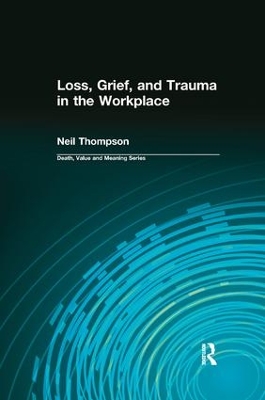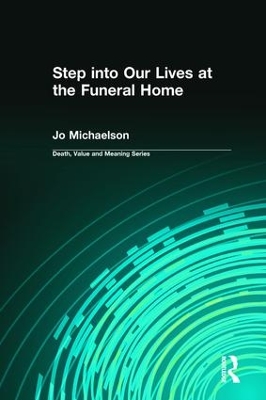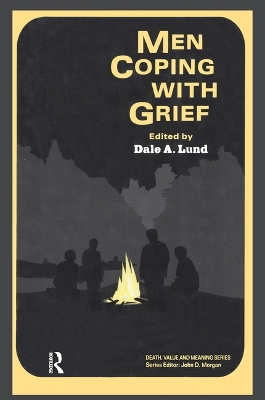Death, Value and Meaning
3 total works
The workplace is not immune to the problems, pressures, and challenges presented by experiences of loss and trauma and the grief reactions they produce. This clearly written, well-crafted book offers important insights and understanding to help us appreciate the difficulties involved and prepare ourselves for dealing with such demanding situations when they arise. People's experiences of loss and trauma are, of course, not left at the factory gate or the office door. Nor are loss and traumatic events absent from the workplace itself. Loss, grief, and trauma are very much a part of life - and that includes working life. Executives, managers, human resource professionals, and employee assistance staff need to have at least a basic understanding of how loss, grief, and trauma affect people in the workplace. This book provides that foundation of understanding and offers guidance on how to find out more about these vitally important workplace issues.The text provides a valuable blend of theory and practice that will be of interest to those involved in management, human resources, and organizational studies as well as those interested in the social scientific study of loss, grief, and trauma - and, of course, to those involved in the helping professions. It is essential reading for anyone concerned with making the workplace a more humane and effective environment, or anyone wishing to develop an understanding of the complexities of loss, grief, and trauma in our lives.


